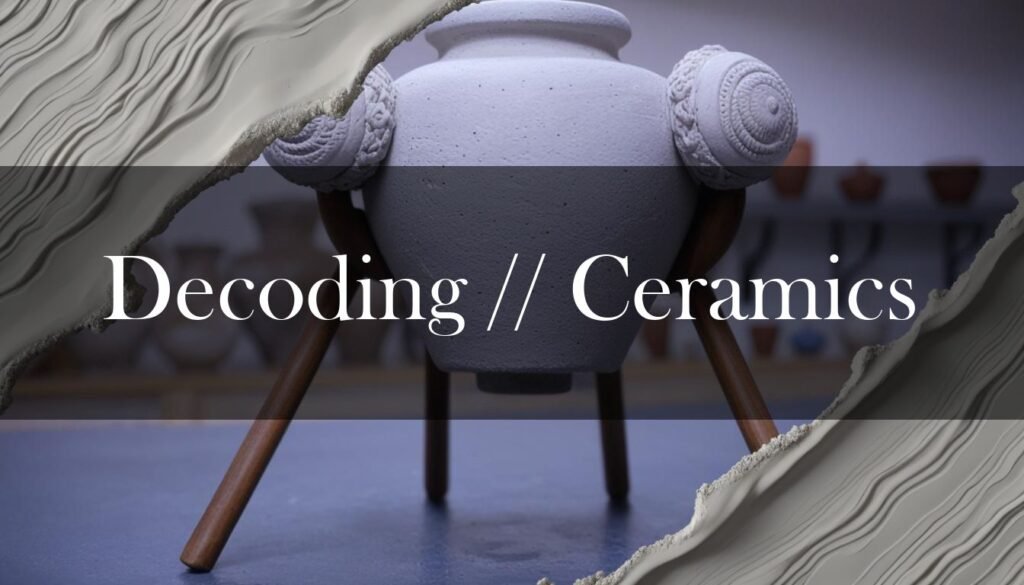When you think of ceramics, what comes to mind? Perhaps it’s a delicate porcelain teacup, a sturdy stoneware bowl, or a vibrant earthenware vase. Ceramics encompass a vast array of materials, techniques, and styles, each contributing to its unique appearance. So, what exactly does ceramic look like?
At its most basic, a ceramic piece starts with clay, and there are many types to choose from. Earthenware, one of the oldest and most common, often boasts rich, earthy tones like red, brown, or white. It’s typically fired at lower temperatures, around 1,700°F to 2,100°F, resulting in a somewhat porous and soft finish that often requires a glaze to make it waterproof. Stoneware, on the other hand, is a denser, more durable option, available in shades from gray to dark brown. Fired at mid- to high-fire temperatures, stoneware is a favorite for functional items like dishes and mugs.
Porcelain, also known as kaolin, is the most refined of the clays, known for its pure white color and translucence when thin. Fired at high temperatures, it lends an air of elegance to fine ceramics and art pieces. The type of clay used significantly influences the final look and feel of a ceramic object.
The type of clay is only the start – it greatly influences the end product, but the glazing, size, and other properties of the clay pieces influence the final look just as much.
Consider a standard ceramic bowl. A cereal or soup bowl might measure around 5 to 7 inches in diameter and 2.5 to 4 inches in height. A larger serving bowl could be 8 to 10 inches in diameter and 4 to 6 inches high. Then there’s bone china, known for its delicate appearance; a bone china bowl might be 4 inches in diameter and 4 cm high, with a capacity of 260 ml, or larger, up to 8 inches in diameter and 8.2 cm high, holding 1,000 ml. The form, the size, the weight – all these factors contribute to the overall aesthetic and functionality.
But the clay is only the beginning. Glazing techniques add another layer of complexity and visual interest. Dipping a piece in glaze can create a smooth, even coating, while brushing allows for more detailed and controlled application. Spraying is ideal for achieving gradients and covering large surfaces, and pouring can result in unique, organic patterns. Techniques like wax resist, sponging, glaze trailing, feathering, stenciling, and stamping offer even more ways to add texture, dimension, and intricate designs.
Sgraffito involves scratching through a top layer of glaze to reveal the layer beneath, creating contrasting patterns. And let’s not forget the transformative effects of salt glazing, tin glazing, underglaze decoration and overglaze decoration each offering distinct surface qualities and colors. Ultimately, the look of a ceramic piece is a testament to the artist’s vision and skill, blending material, technique, and artistic expression into a tangible form.





